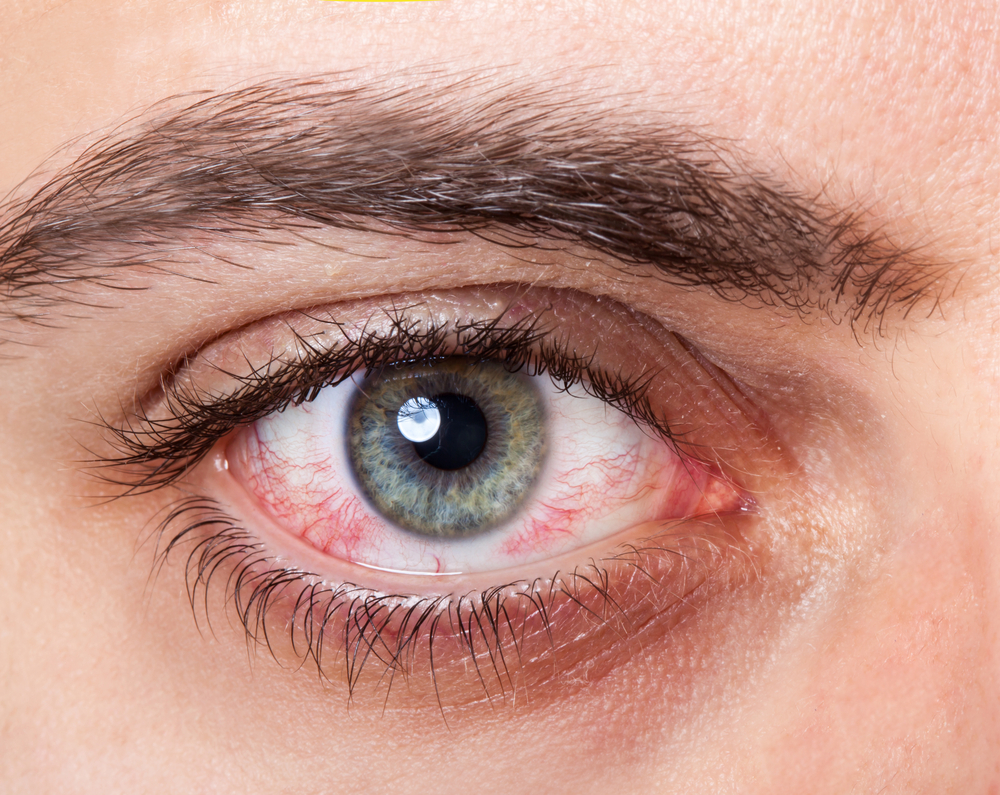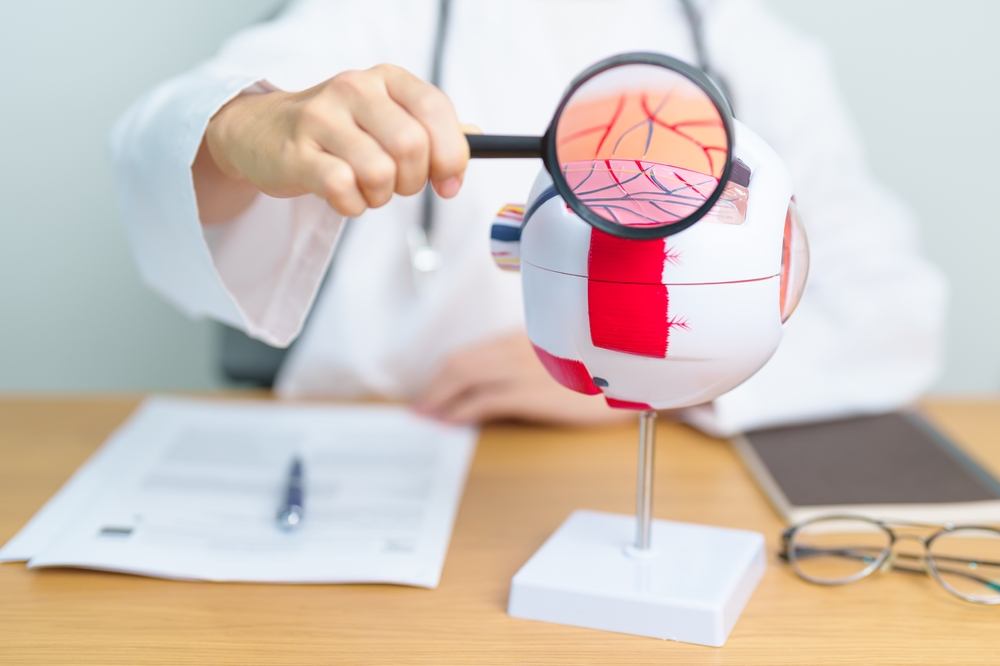Are There Alternatives to Eye Drops for Managing Glaucoma?
March 26, 2024
When you have vision loss, many daily activities you used to take for granted become difficult. While there are many underlying causes of eyesight issues, glaucoma is a common culprit, especially for those over sixty.
In fact, glaucoma is one of the leading causes of blindness throughout the world, and it’s estimated that around one in fifty adults live with glaucoma. Often, eye drops are a great way to manage glaucoma, but are they the only option?
Keep reading to learn more about glaucoma, including options for managing and treating this eye condition!
What Is Glaucoma?
Glaucoma refers to a group of various eye disorders that arise when your optic nerve becomes damaged. Often, fluid build-up in the front of the eye causes eye pressure to increase.
In time, consistently high eye pressure can damage the optic nerve. However, some people with glaucoma have normal eye pressure, and while glaucoma mainly impacts adults, babies and children can sometimes develop glaucoma from an injury or other underlying issue.
It’s common to develop glaucoma in both eyes. Because there are many different types of glaucoma, the best way to know how to treat glaucoma is to see an eye doctor.
What Eye Drops Are Used To Help With Glaucoma?
Eye drops are typically the first treatment used for managing glaucoma. They work by lowering pressure in the eye to prevent damage to the optic nerve.
Using medicated eye drops regularly and as prescribed is important for controlling this chronic condition. There are different types of glaucoma eye drops that lower eye pressure in various ways.
Some eye drops work by reducing the amount of fluid produced inside the eye. Other types of eye drops help open up the drainage channels to allow more fluid to flow out.
Eye doctors often prescribe a combination of glaucoma eye drops in order to increase the chances of successfully lowering eye pressure. The specific medication regimen is tailored by your eye doctor depending on the severity of nerve damage and the target eye pressure level needed for each patient.
Advantages Of Eye Drops To Treat Glaucoma
 While there are other ways of managing and treating glaucoma, eye drops are a popular option for a reason. Of course, the best thing to do is work with your eye doctor and follow their treatment plan.
While there are other ways of managing and treating glaucoma, eye drops are a popular option for a reason. Of course, the best thing to do is work with your eye doctor and follow their treatment plan.
Each person is unique, and glaucoma can have different underlying causes and severity. However, eye drops are typically the first line of treatment as they are often effective and simple to use.
If treatment is successful with eye drops, you may not need to have glaucoma surgery. The main downside to using eye drops is that you’ll likely need to use them every day and make sure you take them exactly as instructed.
What Other Treatments Are There For Glaucoma?
When diagnosed with glaucoma, it’s vital to follow the recommendations of your eye doctor. While eye drops are often the easiest and simplest treatment, there are alternatives.
If eye drops aren’t working for you, your eye doctor may suggest a laser procedure or glaucoma surgery to help prevent the worsening of the condition.
Laser Procedures
Laser treatments are often an excellent way to treat certain types of glaucoma, although they might only work for some types. The field of ophthalmology continues to advance, and these days, specialized lasers allow for precise, minimally invasive treatments.
For example, a laser procedure called laser trabeculoplasty is sometimes recommended for treating open-angle glaucoma. For angle closure glaucoma or narrow-angle glaucoma, a laser procedure called Laser Peripheral Iridotomy (LPI) might be recommended.
Glaucoma Surgery
For some patients, eye drops and laser procedures don’t work effectively enough to lower eye pressure. In these cases, glaucoma surgery may be a better alternative.
There are many different types of glaucoma surgeries. For example:
Trabeculectomy
This procedure can treat open-angle glaucoma. During this procedure, an eye surgeon will make an opening in the drainage channel of your eye to help improve the outflow of fluid.
Minimally Invasive Glaucoma Surgery
Minimally invasive glaucoma surgery, often called MIGS for short, is a relatively new treatment approach for the treatment of glaucoma. Various kinds of MIGS procedures aim to lower eye pressure with simpler, micro-scale implants and procedures that avoid major traditional surgery.
The goal of MIGS is to reduce eye pressure and medication needs while causing little trauma to the eye. This means faster recovery compared to standard glaucoma operations.
If more invasive treatment is needed to help control glaucoma, your eye doctor will determine which treatment method might be best for you.
Early Detection is Key
Glaucoma often progresses slowly, so you may not have any symptoms at first. However, the early detection of glaucoma can help prevent permanent vision loss.
If you’ve noticed symptoms such as eye pressure, headaches, blurry vision, or halos around lights, it’s important to schedule an appointment right away. At Arlington Eye Center, our dedicated eye doctors will determine the source of your vision changes and help find the right treatment plan for you.
Do you want to learn more about glaucoma or have your eyes screened for this condition? Schedule an appointment at Arlington Eye Center in Arlington, VA, today!



